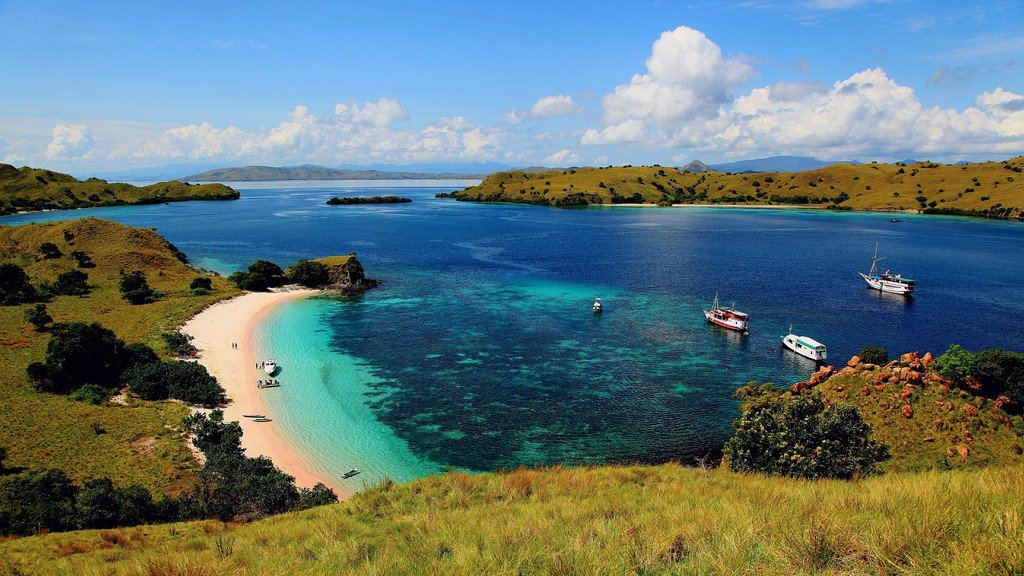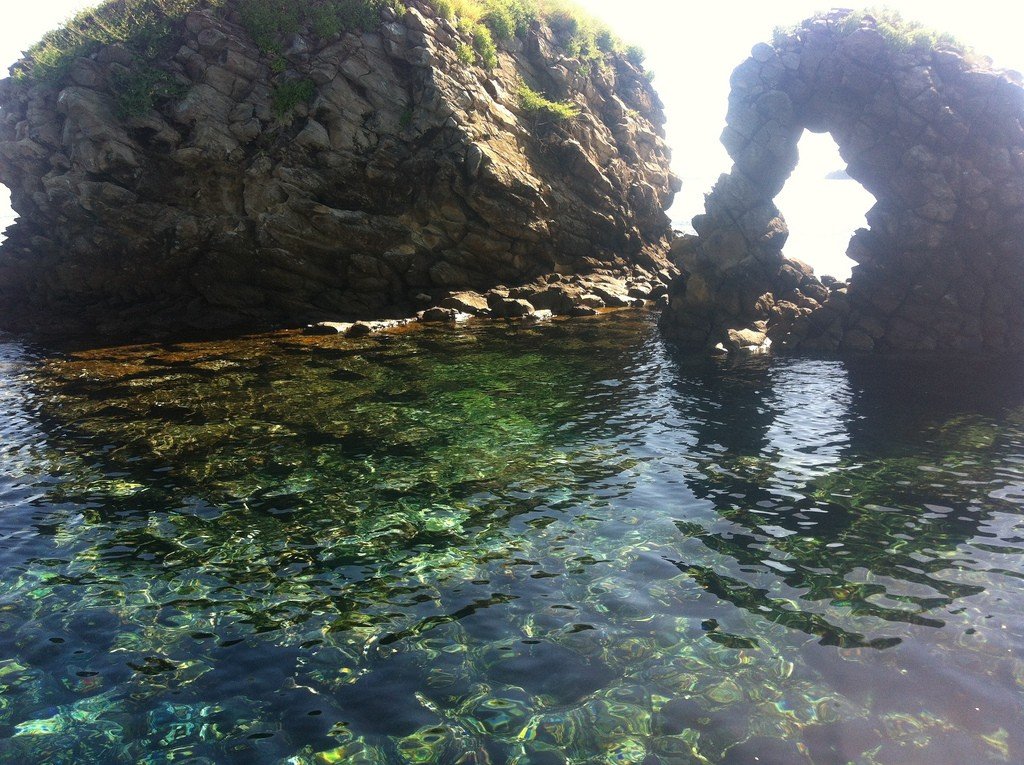Komodo National Park
Komodo Island is a biosphere reserve, home to the world’s largest lizards and varanas.










General Information
The National Park was founded in 1980 and in 1986 UNESCO included it in the list of World Heritage Sites. It is located between the islands of Sumbawa and Flores, on an area of 2000 square kilometers. Actually, it is three large islands Komodo (Komodo), Rinca (Rinca) and Padar (Padar), surrounded by countless small coral islets, islets and atolls. From here to Bali is 500 kilometers, but this fact does not deter those who want to ride in a time machine and flip through the history book to 100 million years ago.
.
Visitors to the National Park can admire coral reefs, mangrove forests, vast fields of seaweed, underwater mountains and secluded bays. There are more than 1,000 species of fish, 260 species of reef corals and 70 species of sponges. Dugongs, sharks, giant stingrays, dolphins, sea turtles and at least 14 species of whales have also chosen Komodo National Park as their habitat. No wonder divers from all over the world flock here like flies to a sweet treat.
The islands of Komodo National Park are of volcanic origin, it is hot, arid and rather sparse in terms of vegetation, especially compared to the abundant jungle neighboring islands. The main attraction for tourists is the opportunity to see the famous Komodo varanas, which can be up to 3 meters long, on a guided tour. Large and ferocious predators, they can eat a grown man. When they lazily pass by, looking menacingly with their small eyes and sticking out their huge split tongues, one can easily imagine the strength of their massive jaws and powerful claws.
.The climate in the park is one of the driest in Indonesia and is favorable for Australian flora and fauna. Along with Asian palm trees, tamarind trees, green royal pigeons, cockatoos and a variety of other wildlife can be found.
.
The beaches on Komodo are sparsely populated and white, the color of refined sugar. This is not that bleached photoshopped quartz sand from advertising posters – here it is exclusively of coral origin and blinds the eyes in the sun. For snorkeling enthusiasts, there is a beach with unique pink sand and a coral reef that runs directly from the shore.
.The views from the Komodo and Rinci viewpoints of neighboring islands, the emerald green carpeted hills and the sparkling sea are breathtaking and stir the imagination.
.The best time to travel to Komodo National Park is during the dry season from April to October, when the sea is calm and does not interfere with the boats making three-day crossings from Balinese ports with stops at the islands of Moyo (Mowo) and Satonda (Satonda). Such an excursion costs $120 for a regular cabin and $220 for a VIP cabin. To this must be added Rp 25,000 for a three-day stay in the national park.
.Ferries from Flores’ Labuhan Bajo dock at Komodo daily, but flights to Flores are often canceled and rescheduled. On the other hand, who promised that jumping 100 million years back in time would be such a hassle-free experience?Komodo Dragons
Komodo dragons are giant lizards, over three meters long and weighing as much as a well-fed man. Their favorite treat is rotting meat, but they don’t mind hunting. There is a case of a Swiss tourist who disappeared while walking alone on the island. It was probably someone’s hearty breakfast…
.It’s much harder to imagine that these seemingly clumsy creatures can run faster than a dog. Varanas are also excellent swimmers, they can easily get from one island to another. Although the lovely pink and gray beaches of the islands are open to tourists, you should always be careful to check for the paw prints and tails of the varanas in the sand.
.When the sun rises high and it gets hot, Komodo varanas head to the banks of a dried up river, there they dig holes to cool off. Don’t miss the opportunity to admire these ancient creatures.
.In total, about three thousand dragons live on these islands, the most on Komodo, giving the name Varanus komodoensis. Proximity to humans is devastating to the reptiles – dogs steal eggs with the little dinosaurs, and fishermen jam fish with dynamite, changing the chemical composition of the water.Tourist promotion of the island also yields results – many dragons no longer hunt, but, following the example of crocodile Gena, “work in the zoo as crocodiles”. They go out to places where tourists congregate and beg in a natural way. To see predators in their natural habitat, it is better to swim to the neighboring Rincha, where you can witness a real hunt. Local rangers will gladly escort the curious for a reasonable fee and show you the surrounding beauty.